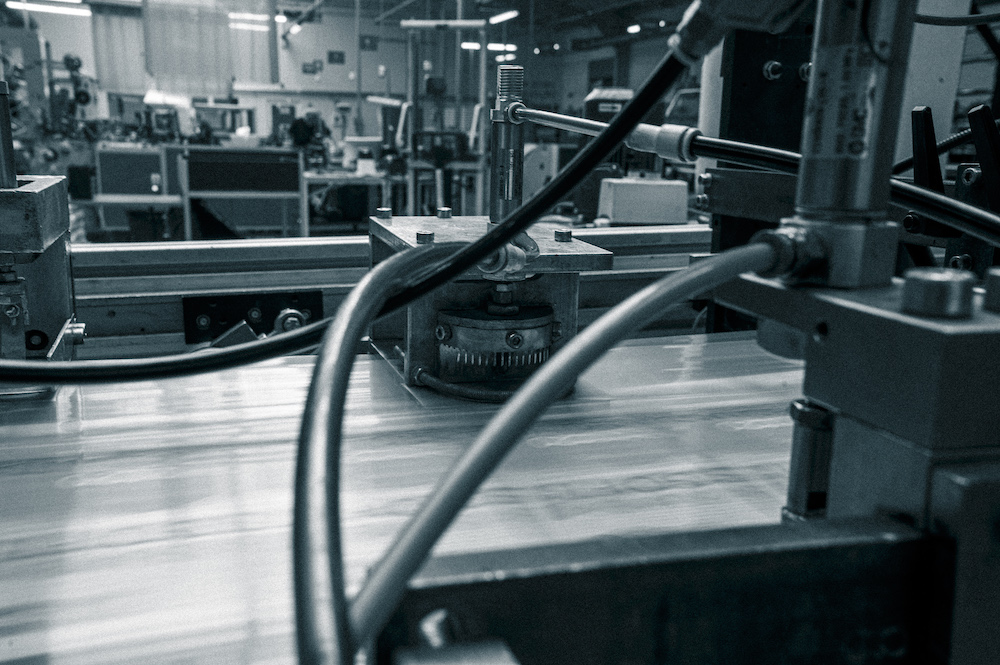



In contrast to PIR (post-industrial recycled) plastic, PCR plastic is handed over for recycling by the end customer.
Most of our consumer goods are packaged in plastic these days, and the mountains of plastic are only growing, especially since products made from recycled PCR plastic are still quite rare due to the challenges the production has to overcome when using it.
One of the challenges is the diversity of materials; films are made from different types of plastic that cannot be recycled together.
And because a variety of plastics are used in the packaging industry, the plastic films and containers found in the recycling bag must first be sorted.
Send Inquiry
The plastic products pre-cleaned by the end consumer are further sorted by machine and by hand.
Step 1: Sorting into recyclable and non-recyclable plastics.
Step 2: Sorting by type (PP, PET, LDPE, PE, and others)
It must be noted that even plastics of the same type – i.e. the same according to step 2 – can still have a different composition. This is because not all manufacturers use the same resins.
All post-consumer plastic must be cleaned of residues and impurities so that their quality is good enough to use for manufacturing new products. Stabilisers, compatibilisers and fillers can be added to further improve the quality. During the preparation of the plastic waste, solid dirt particles are removed by melt filtration and volatile components – by melt degassing.
In order to be recycled, plastic films must be sorted according to their density. High-density polyethylene (HDPE) and low-density polyethylene (LDPE) differ in several properties and are therefore recycled separately.
They are also divided into coloured and colourless plastics. If they are not separated, the value of the products made from this recycled plastic is significantly reduced. Additionally, coloured or printed films and clear films are processed in different streams.
This helps to avoid cross-contamination, which would greatly reduce the value of the end product.
After that, the plastic is cut into flakes with shredding machines. Once the plastic is in flakes, it is cleaned to remove dirt, impurities and other debris. The cleaned flakes are melted and made into pellets for easier handling.
Recycled LDPE plastic can be mixed with new LDPE plastic or used to make new end products.
Recycled LDPE is also used to make films and rubbish bags, bags for wood, and bags for applications in construction and agriculture.
Many factors affect the value of recycled plastic, as there are different grades of LDPE film produced. Some can be made into linear low density polyethylene (LLDPE) films, which have different structural properties. Here is an explanation of the grades:
Premium: Premium film is made from 100% clean, dry, clear, post-industrial material that is LLDPE or LDPE film.
A: Grade A LDPE film is 95% clean, clear, dry, natural material with very little label and dye contamination.
B: Grade B film is 80% clear and contains 20% coloured, clean LDPE or LLDPE film.
C: The lowest grade of recycled film is 50% clear and 50% coloured LLDPE or LDPE film. HDPE and polypropylene (PP) films can also be mixed in here.
Further distinctions can be made if one knows about the origin of the raw material.
Do not hesitate to contact us for more information about the different films and to find out which product is the right one for your project!
Send InquiryThe significant advantage of PCR plastic is that the more often customers see something packaged in PCR plastic, the better they will remember to recycle plastics.
In addition, PCR plastic is very resilient and made entirely from waste, which means that no fossil raw materials are needed for its production.
The CO2 balance is, therefore, better than for plastics made from petroleum. It is possible to recycle PCR plastic again and again.
The disadvantages are small in comparison, as they can be remedied. For instance, there is currently no binding recyclate use quota, but it’s in the works, as the legal framework for this has already been created (Ecodesign Directive 2009/125/EC). There is also no UN approval (see FAQ) for these plastics yet.
PCR plastics are not yet allowed to be used for food packaging and the colour choice is limited.
Post Consumer Recycled. The abbreviation means plastic that is recycled after use by the end consumer.
Recyclate is plastic made from recycled material, whether that material comes from PIR or PCR.
Plastic made from already used plastic products is more environmentally friendly than plastic made from fossil resources because it has a lower carbon footprint, requires less water and energy to produce and is made 100% from waste.
PIR stands for Post Industrial Recycled. This is waste that is generated during the production of plastic. For example, the offcuts from the production of yoghurt pots.
In order to be approved by the UN, a product must meet various criteria. The marking is permanent and always visible on the packaging. Currently, no such approval exists for PCR plastic.
No, they are even more robust, as in the case of flower pots, for example. With the films, it depends entirely on the manufacturer of the PCR film. Our films retain their quality through the recycling process.